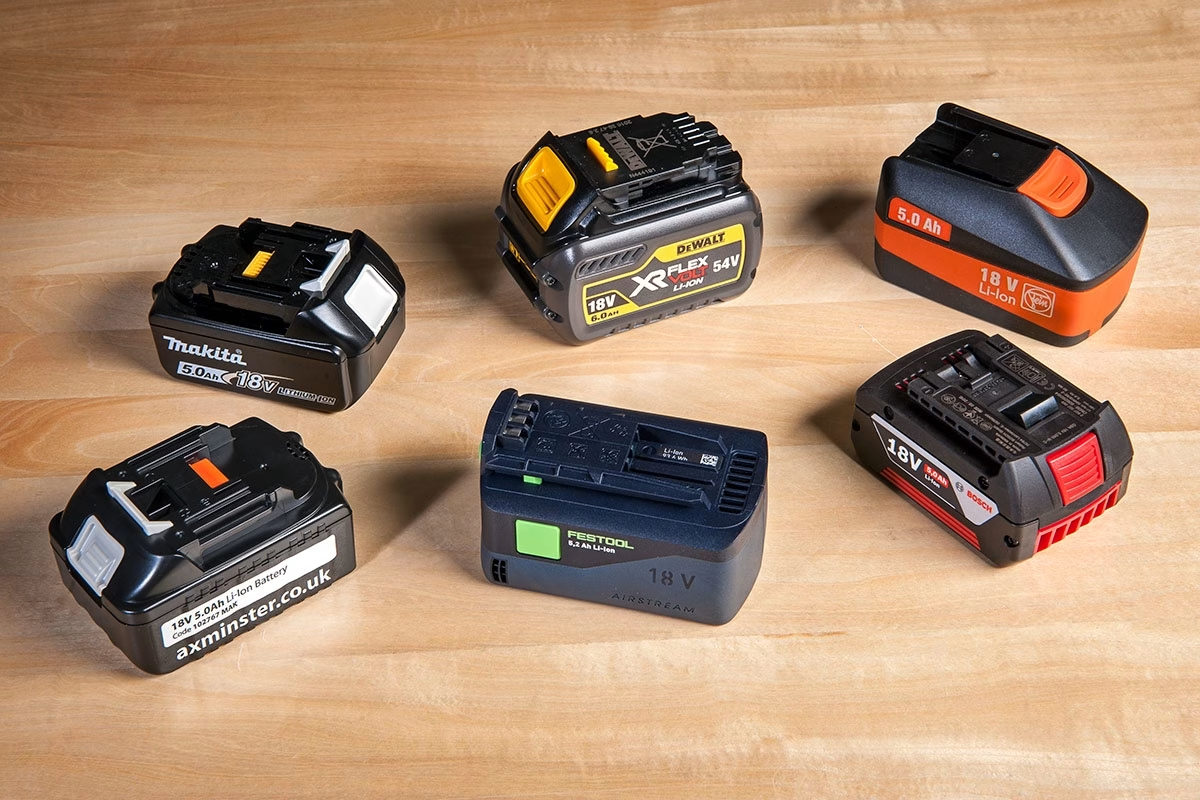The Silent Drain: Do Power Tool Batteries Degrade When Left Unused?
You've got that trusty drill, the circular saw that makes quick work of lumber, maybe even a leaf blower for those seasonal cleanups. But let's be honest, not every power tool gets a workout every single day. So, what happens to those rechargeable batteries when they're left sitting in the toolbox or on a shelf for weeks, or even months? Do they just… go bad? It’s a question many of us have pondered, and the answer is a bit more nuanced than a simple yes or no. While they might not suddenly become useless bricks, leaving power tool batteries unused for extended periods can lead to degradation, impacting their performance and lifespan.
Understanding the Enemy: Self-Discharge and Calendar Aging
At the core of most modern cordless power tools are lithium-ion (Li-ion) batteries. They're fantastic for their power density and rechargeability, but like any complex chemical system, they're not entirely static. Even when a battery isn't actively powering a tool, internal processes are still at play.
Two primary culprits contribute to battery degradation during periods of inactivity: self-discharge and calendar aging. Self-discharge is a natural phenomenon where a battery gradually loses its charge over time due to minute internal chemical reactions. For Li-ion batteries, this typically hovers around 1-2% per month under normal conditions. It might not sound like much, but over many months, it adds up. Calendar aging, on the other hand, is the slow, inevitable wear and tear that occurs simply due to the passage of time. Think of it as the battery getting older, with its internal components like the electrolyte and electrodes slowly breaking down. This process is exacerbated by factors like extreme temperatures and, crucially, the battery's state of charge.
The Real-World Impact: What Does Degradation Look Like?
So, what’s the tangible effect of these processes on your batteries? It’s primarily a loss of capacity. A battery that’s been sitting unused for a significant chunk of time might not hold as much charge as it used to. This translates directly to shorter runtimes on your tools. That drill that used to power through a whole deck project might now conk out halfway through. It can also manifest as a noticeable drop in power output, meaning your tools might feel less punchy or struggle with tougher tasks.
Industry analyses suggest that leaving batteries unused for six months or more can lead to a capacity loss of up to 20% in the first year alone, depending heavily on how they were stored. For a typical 5Ah battery, this could mean it effectively functions like a 4Ah pack after a year of neglect. And it’s not just about inconvenience; it’s about the premature end of a battery’s life, forcing you to shell out for expensive replacements. Experts estimate that improper storage contributes to a significant portion of battery failures in consumer tools.
The Evolving Landscape: Battery Technology's Advances
Now, before you start panicking about your battery collection, there's good news. Battery technology isn't standing still. Manufacturers are keenly aware of these degradation issues and have been implementing advancements to combat them. Newer battery chemistries, like lithium iron phosphate (LFP) cells, are becoming more common in power tools. These are generally more stable and exhibit lower self-discharge rates compared to older lithium-ion variants.
Furthermore, sophisticated Battery Management Systems (BMS) are now standard in many high-quality battery packs. These intelligent systems constantly monitor the battery's health, temperature, and charge level. Some advanced BMS can even automatically enter a "smart storage mode" when the battery is inactive. This mode often involves trickle-charging the battery to maintain an optimal state of charge, significantly reducing the stress that leads to degradation. Brands like DeWalt and Milwaukee are increasingly touting these features, claiming improved longevity even for batteries that aren't used daily. It’s a far cry from the days when you just tossed a battery back in the box and hoped for the best.
Best Practices for Battery Longevity: Keeping Them Healthy
So, how can you ensure your power tool batteries stay in top shape, even if they’re not in constant rotation? It boils down to a few key practices:
- Optimal Charge Level: The sweet spot for storing Li-ion batteries is generally between 30% and 50% state of charge. Storing them fully charged puts undue voltage strain on the cells, accelerating degradation. Conversely, letting them sit completely drained for extended periods can lead to irreversible damage. If your battery has a companion app, check if it offers storage recommendations or automatic maintenance modes.
- Temperature Control: Extreme temperatures are battery killers. Think of it like leaving your phone in a hot car or a freezing garage – not ideal. The best range for storing power tool batteries is typically between 50°F and 77°F (10°C to 25°C). Avoid storing them in sheds or garages that experience wild temperature swings. An indoor closet or shelf is usually a much better bet.
- Regular Check-Ins: Even with the best storage practices, it's a good idea to check on your batteries periodically. If a battery has been sitting for several months, give it a quick charge to bring it back up to that optimal 30-50% range. This simple habit can make a surprising difference in preventing deep discharge issues.
The Bottom Line: Idle Doesn't Mean Indifferent
Do power tool batteries go bad if they're left unused? Yes, they can degrade, but it’s not a foregone conclusion. Modern battery technology has made significant strides in mitigating this issue. However, user practices still play a crucial role. By understanding the underlying science of self-discharge and calendar aging, and by adopting simple, effective storage habits, you can significantly extend the life of your power tool batteries. It’s about treating them with a little care, even when they’re not actively powering your projects. After all, a well-maintained battery is a reliable battery, ready when you are.
